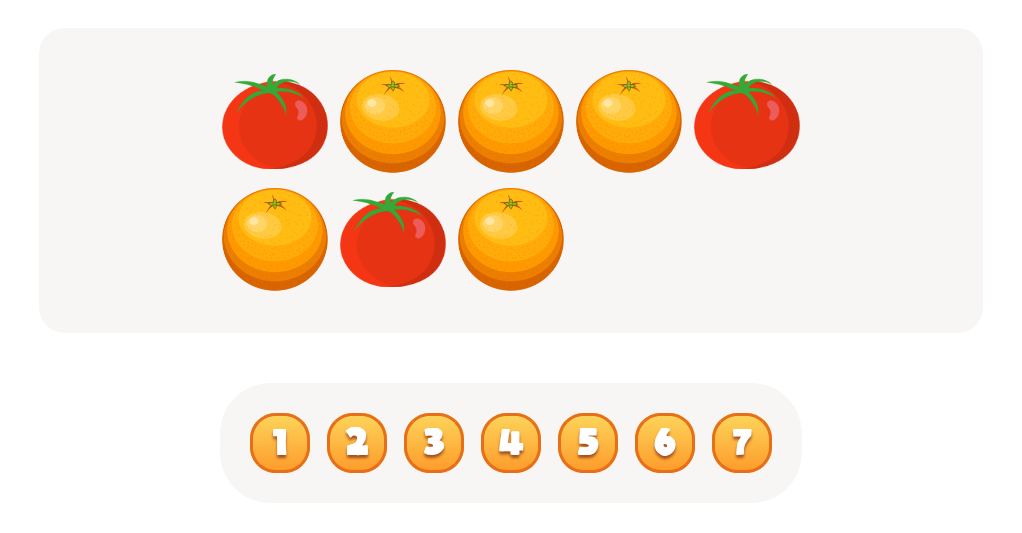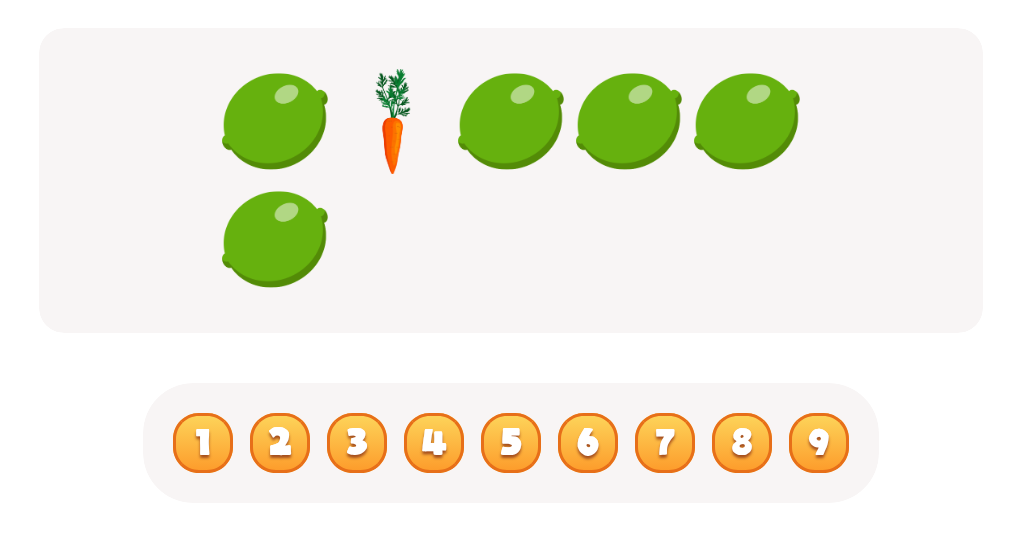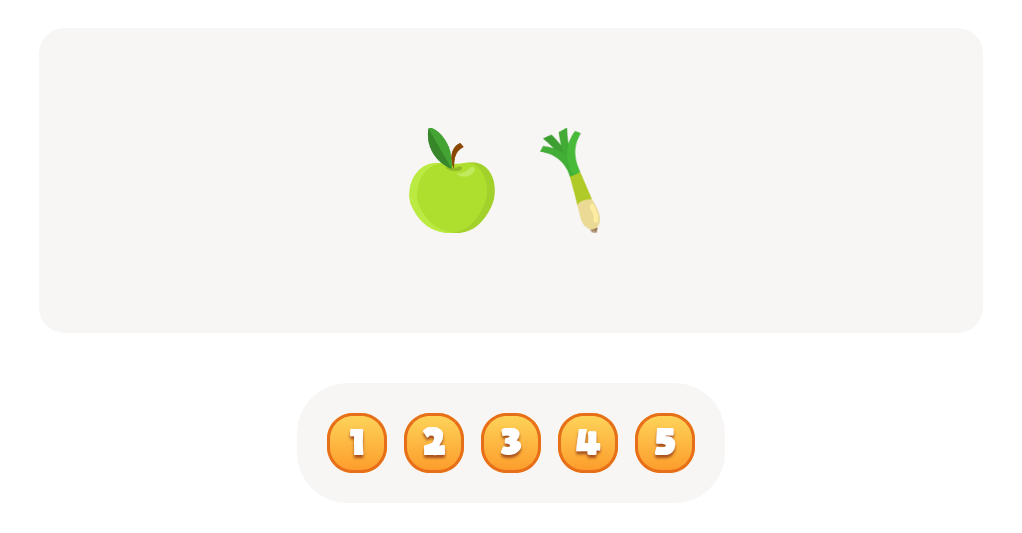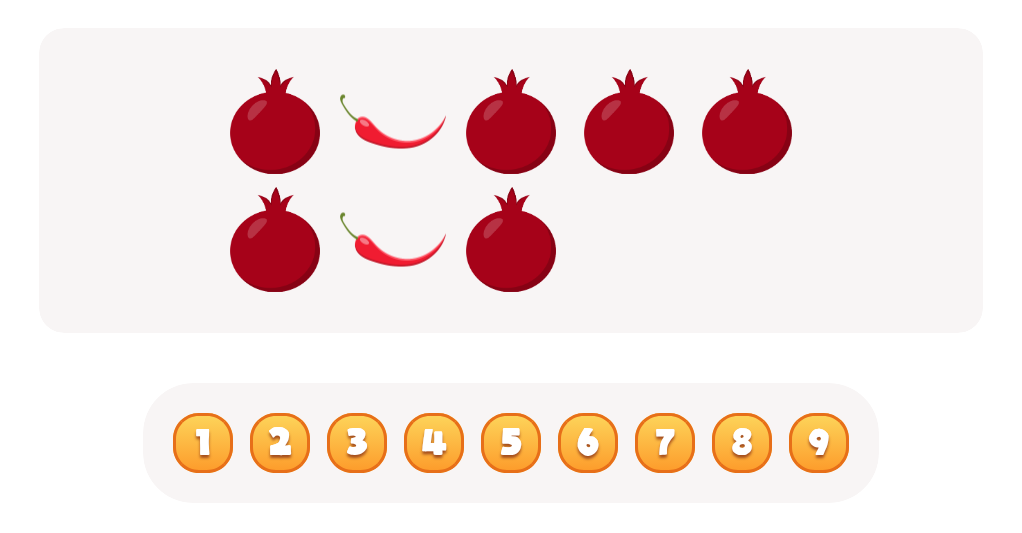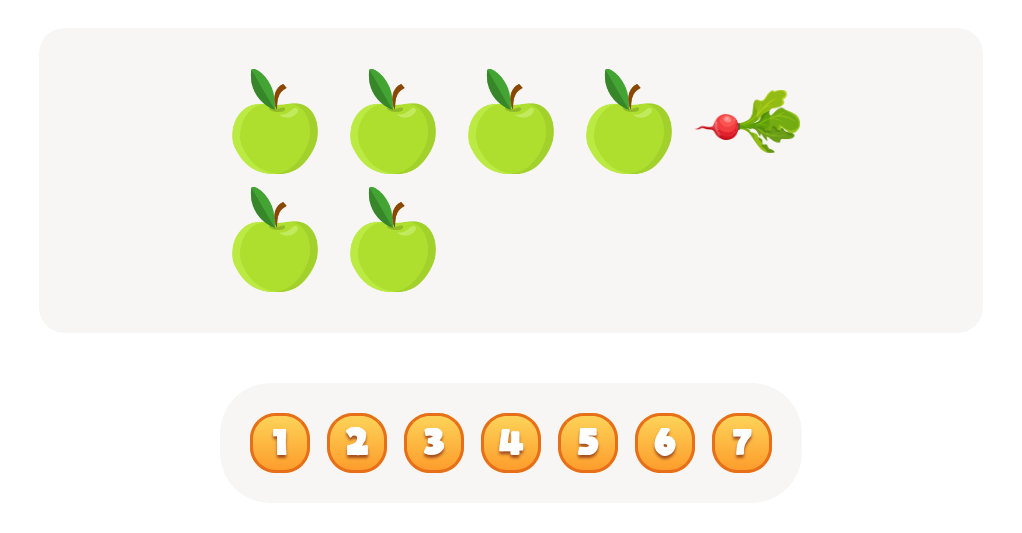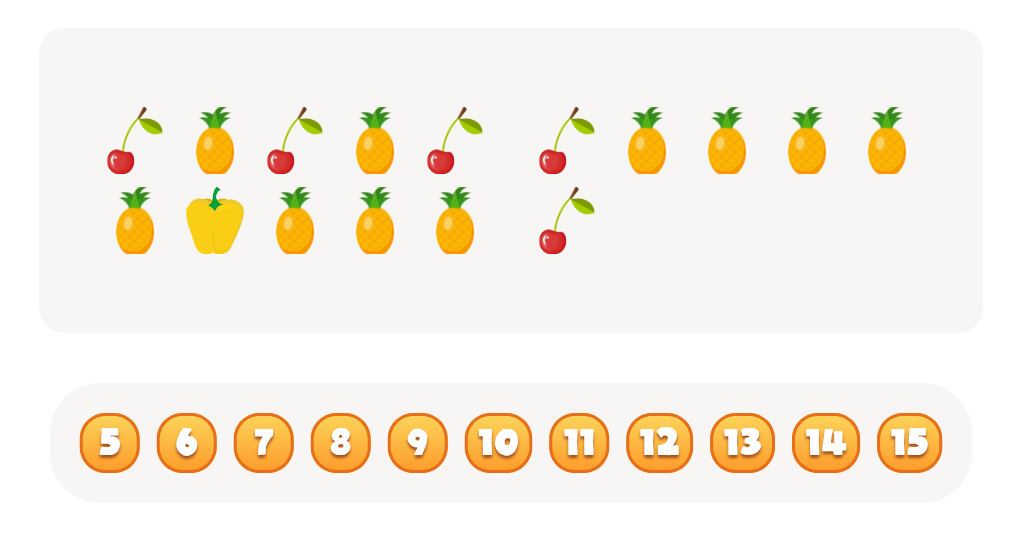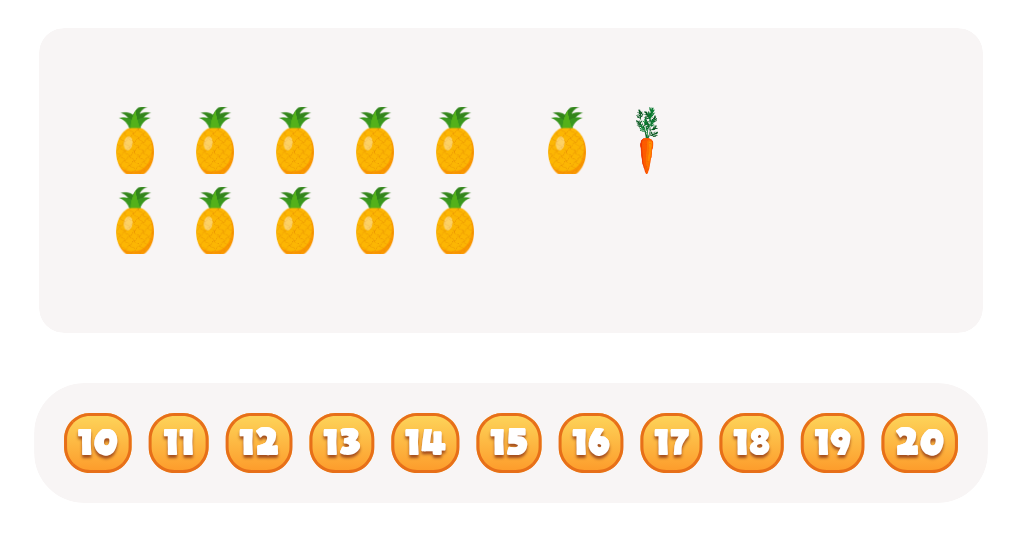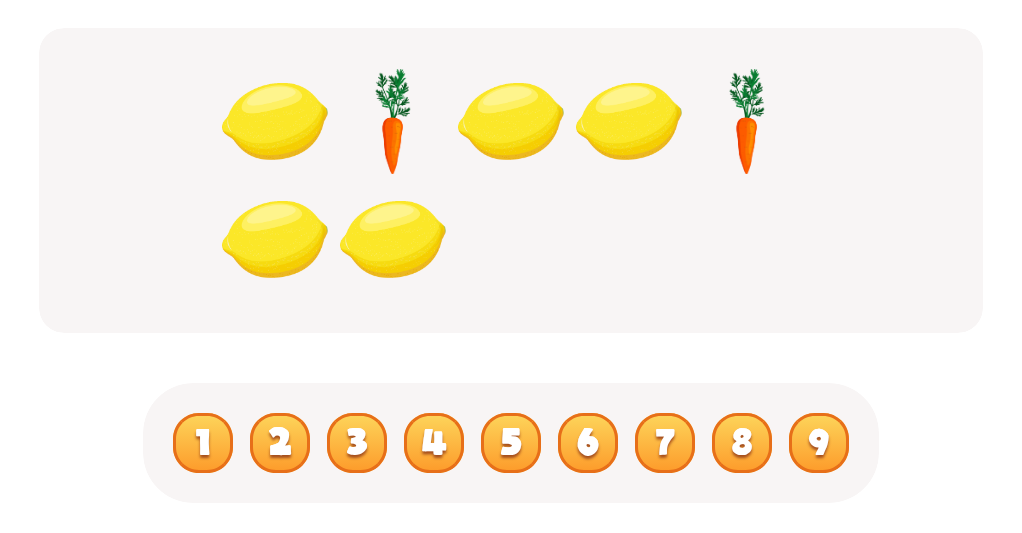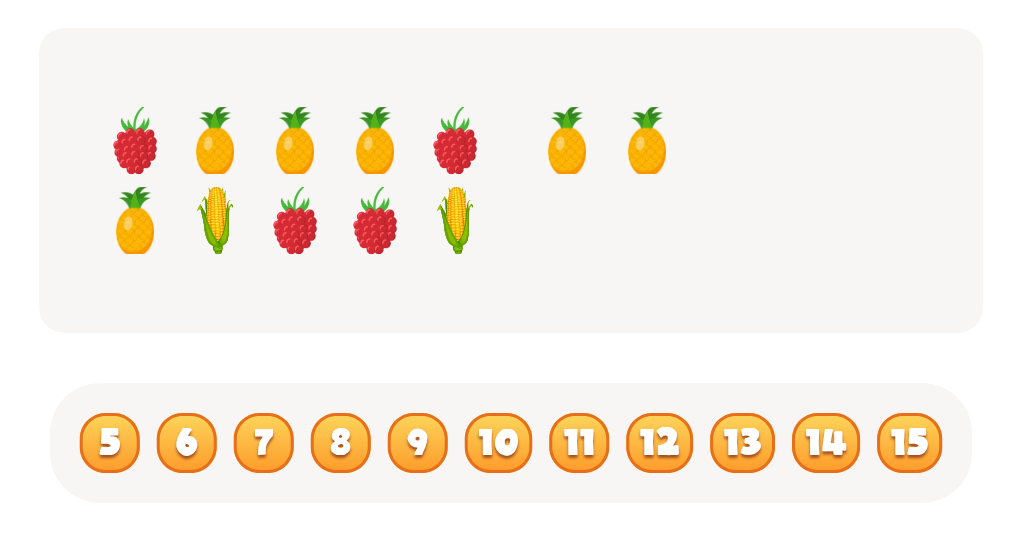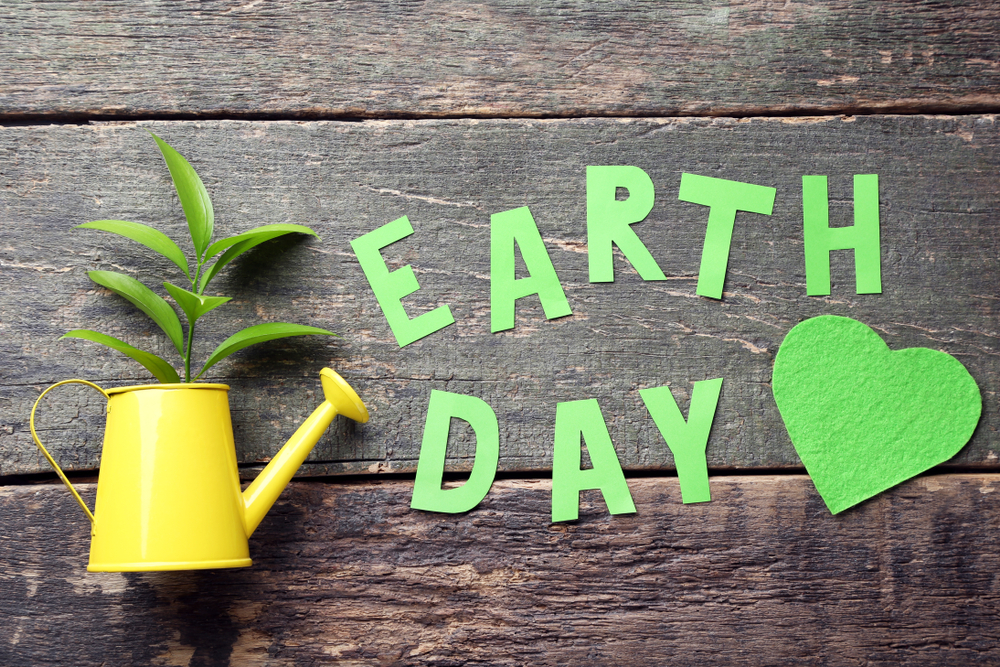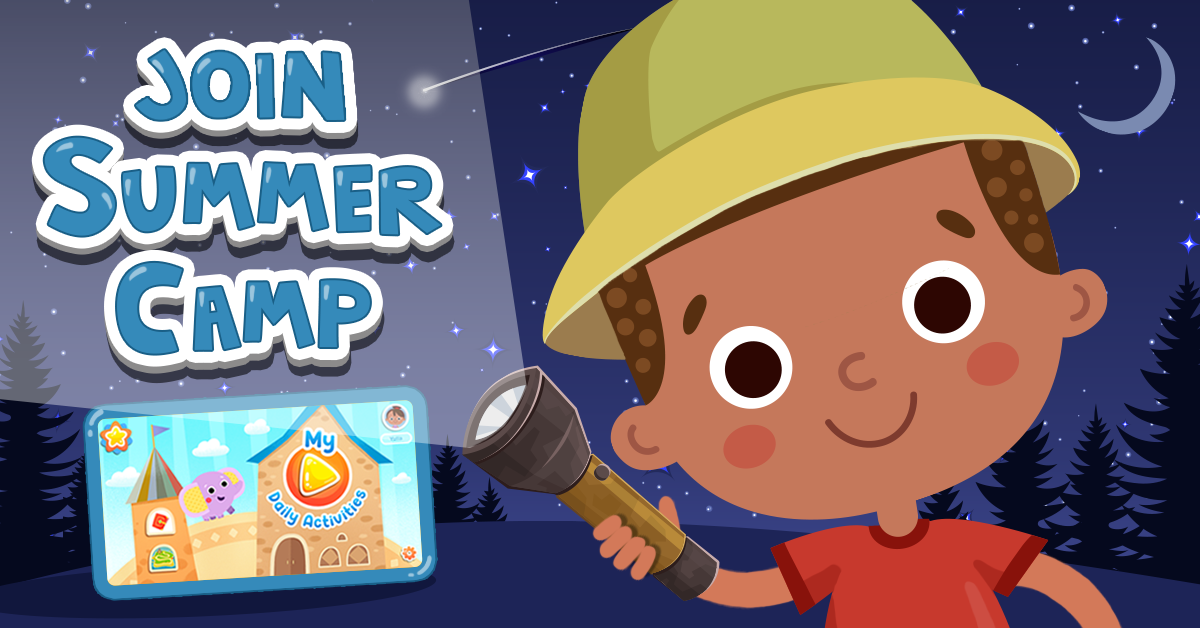Animal Classification Plants and Animals Worksheets for Ages 5-8
7 filtered results
-
From - To
Explore the wonders of nature with our "Animal Classification Plants and Animals Worksheets" designed for children ages 5-8. This engaging collection of worksheets introduces young learners to the fascinating world of animal classification, fostering an early appreciation for science. With fun activities and vibrant illustrations, kids will identify various animals, their habitats, and characteristics, while developing critical thinking skills. Perfect for home or classroom use, these printable resources promote hands-on learning, making science accessible and enjoyable. Join us on this educational journey as children discover the diversity of life on Earth and their place within it. Start exploring today!
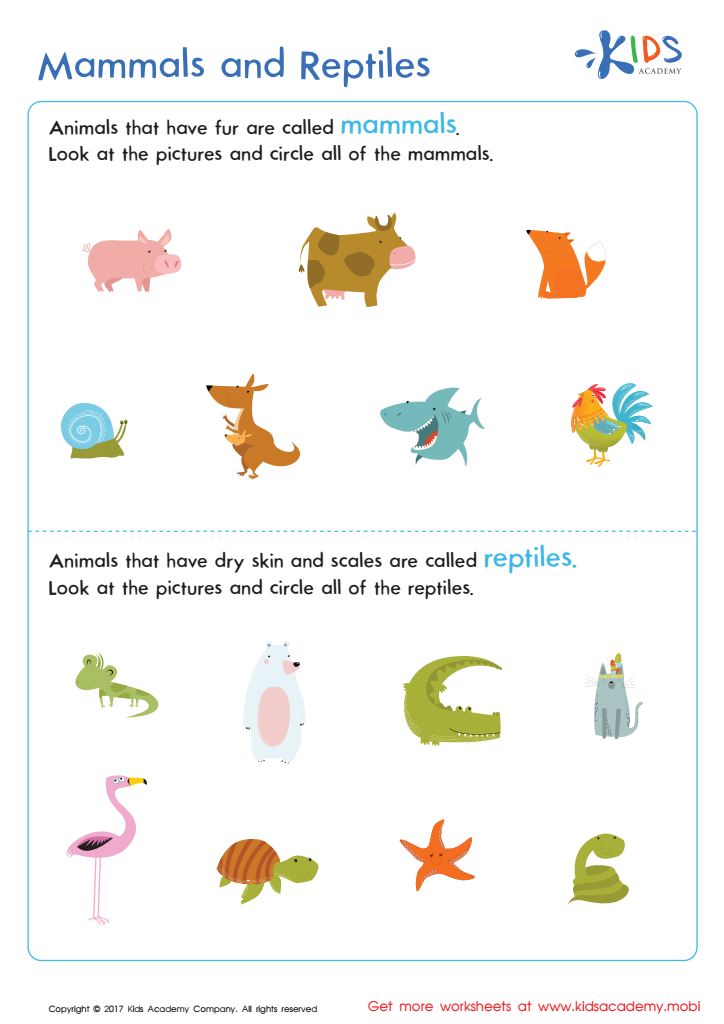

Mammals and Reptiles Worksheet
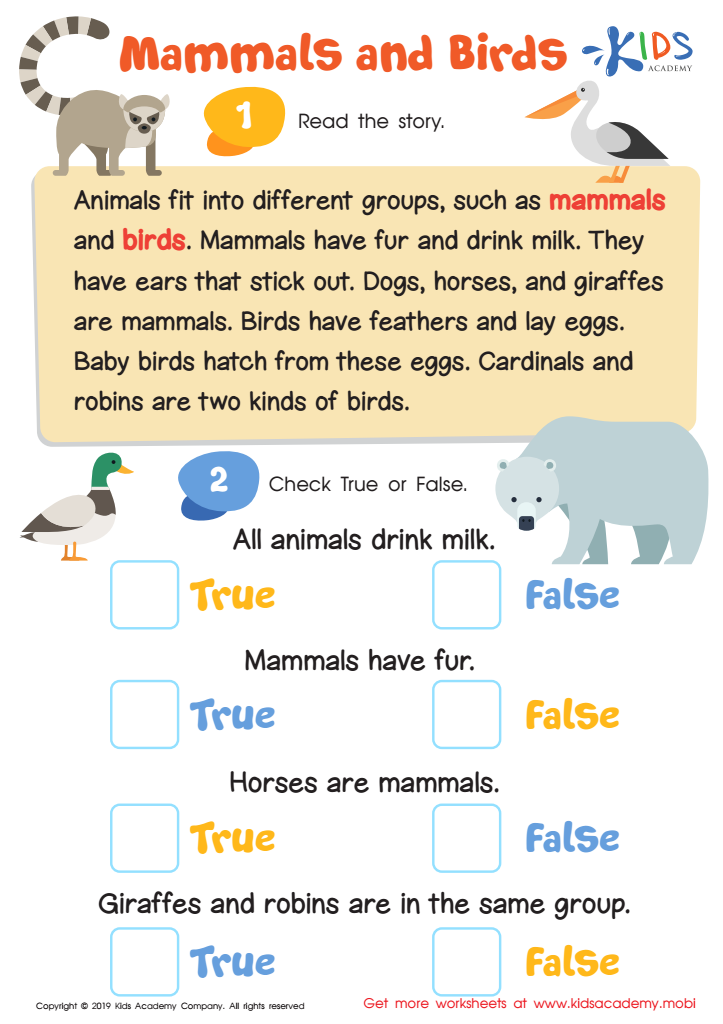

Mammals and Birds Worksheet
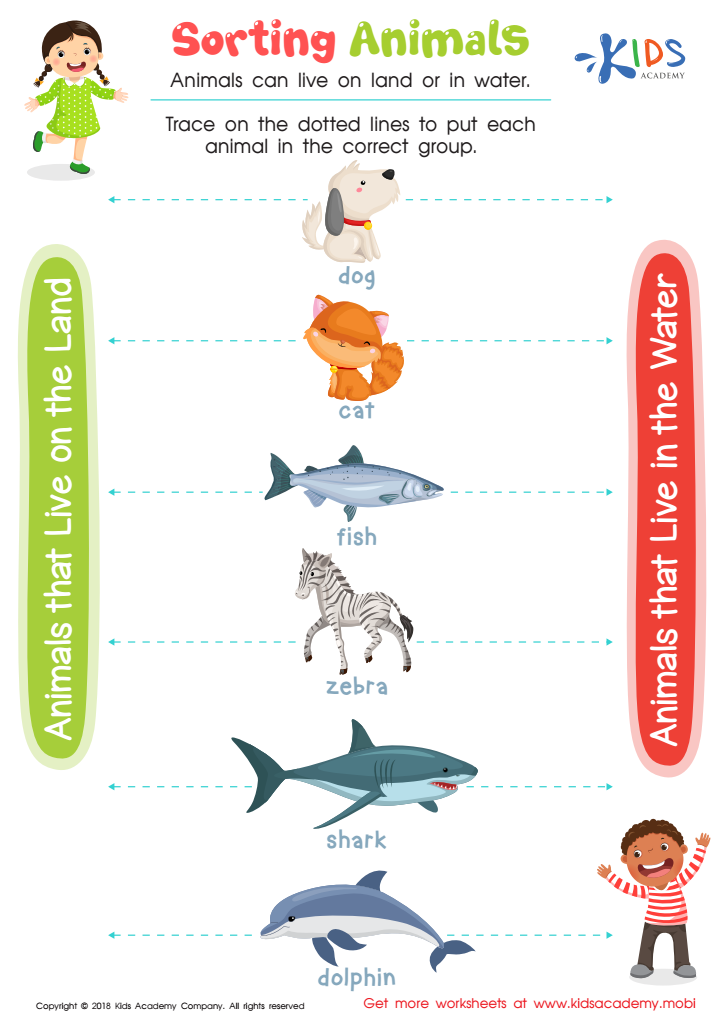

Sorting Animals Worksheet
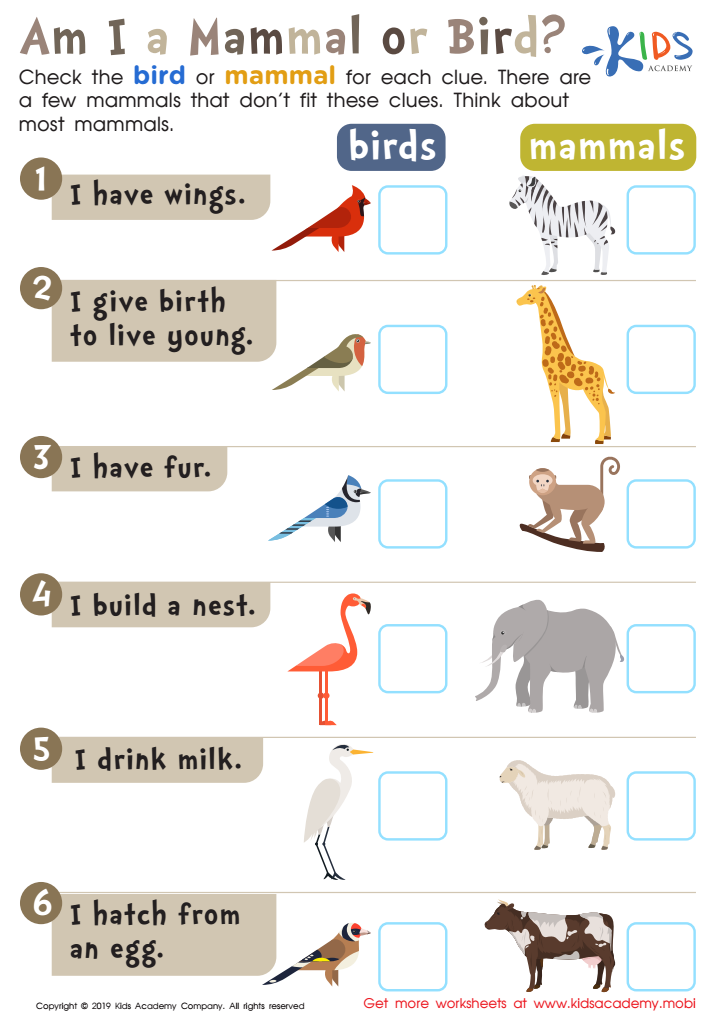

Am I a Mammal or Bird? Worksheet
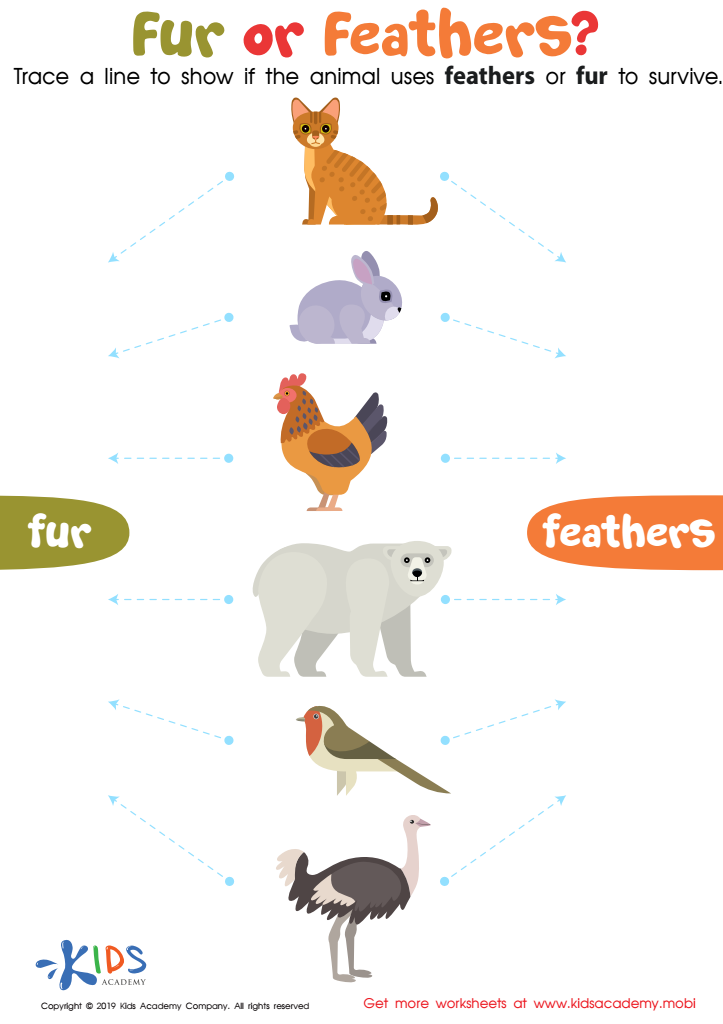

Fur or Feathers? Worksheet
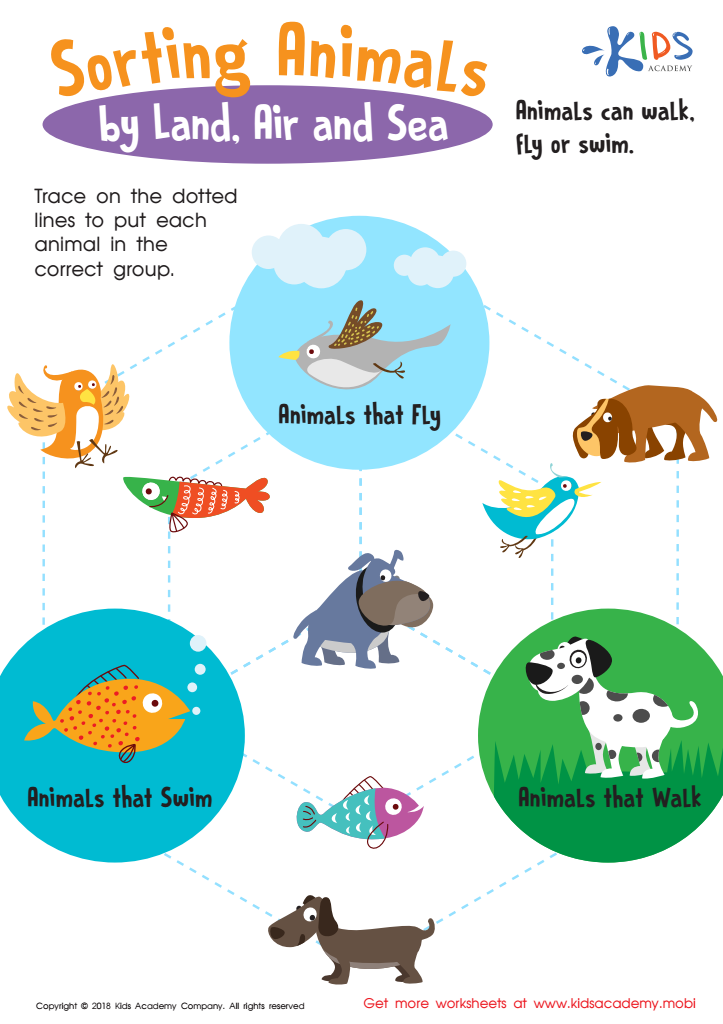

Sorting Animals by Land, Air and Sea Worksheet
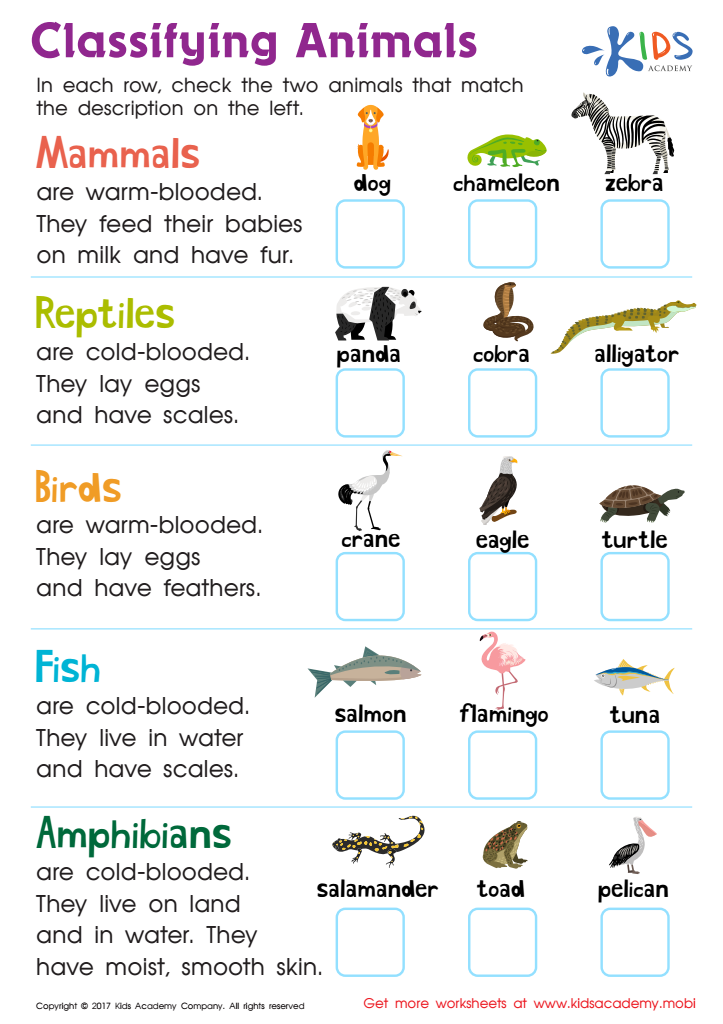

Classifying Animals Worksheet
Understanding animal classification is essential for children aged 5-8 as it lays the foundation for vital scientific concepts. Parents and teachers should care about this topic for several reasons.
Firstly, introducing animal classification fosters curiosity and a sense of wonder about the natural world. Children love exploring their surroundings, and learning about the diversity of animals and plants enhances their observational skills. By categorizing animals into groups, such as mammals, birds, or reptiles, children begin to recognize patterns and similarities, which encourages critical thinking.
Secondly, animal classification helps instill a sense of responsibility towards living beings. When children learn about different species and their habitats, they become more aware of the importance of conservation and protecting biodiversity. This knowledge can inspire them to advocate for the environment from a young age.
Lastly, classification activities promote social skills and collaboration. Group projects or discussions can foster teamwork as they share ideas and discoveries. Teachers and parents can use engaging methods, such as storytelling and hands-on activities, to make learning about classification enjoyable.
In conclusion, by caring about animal classification, educators and parents set the stage for lifelong learning, ecological awareness, and a deeper appreciation for the rich tapestry of life on Earth.

 Assign to My Students
Assign to My Students

